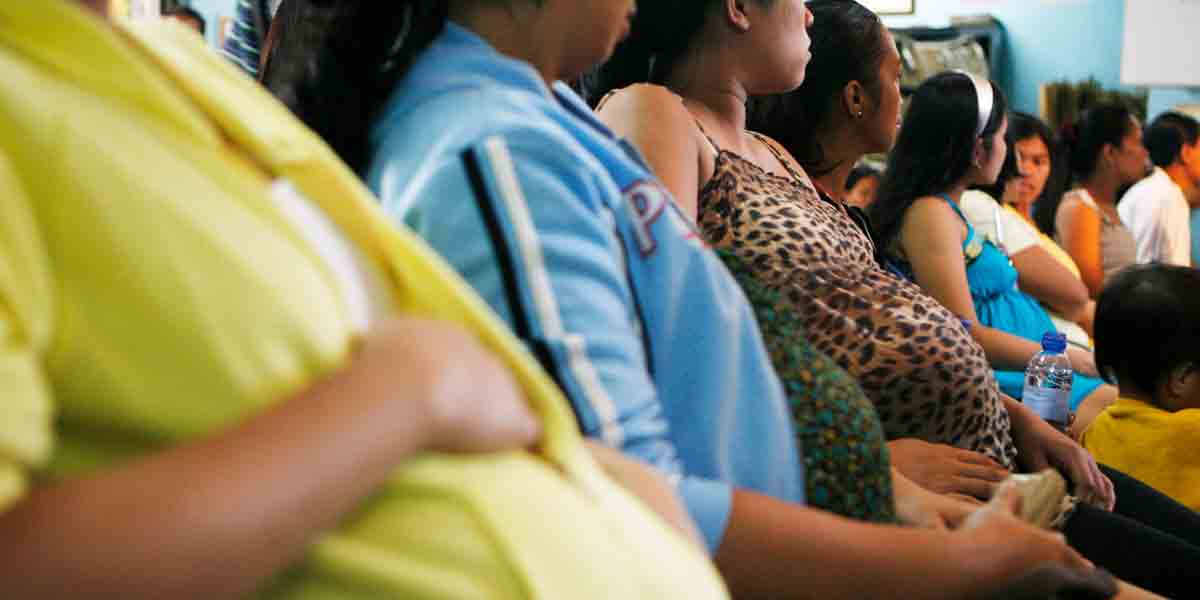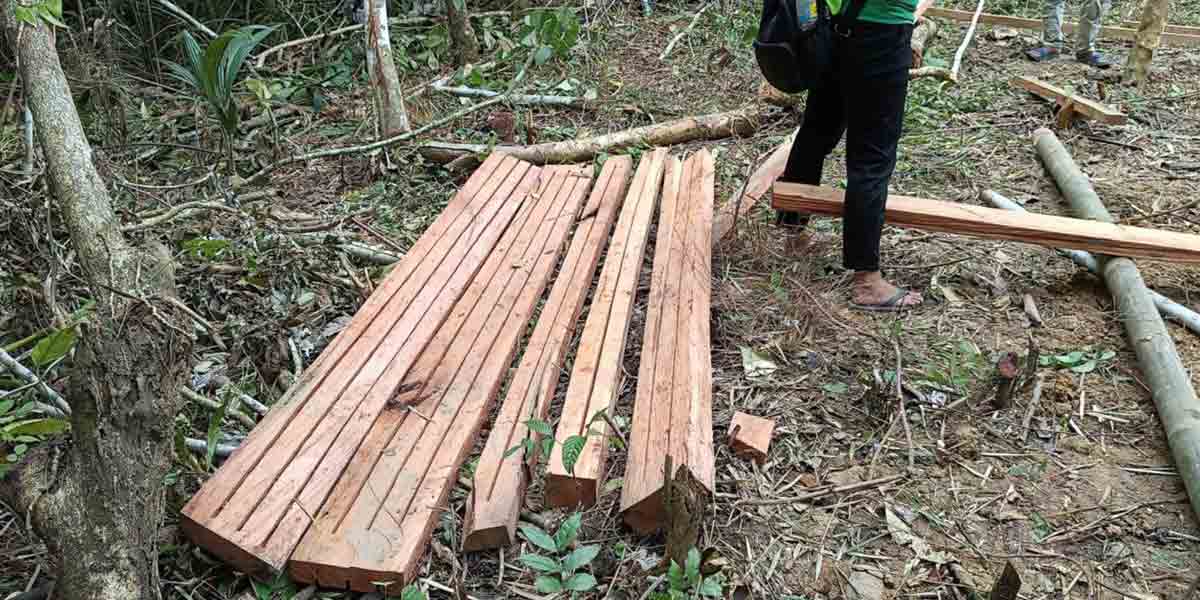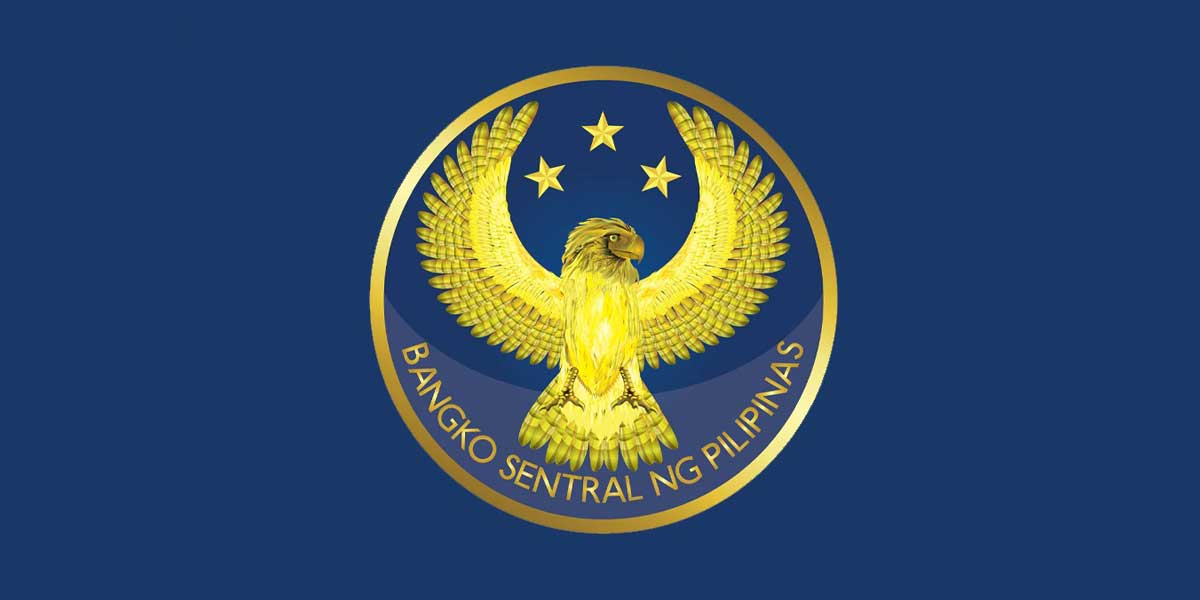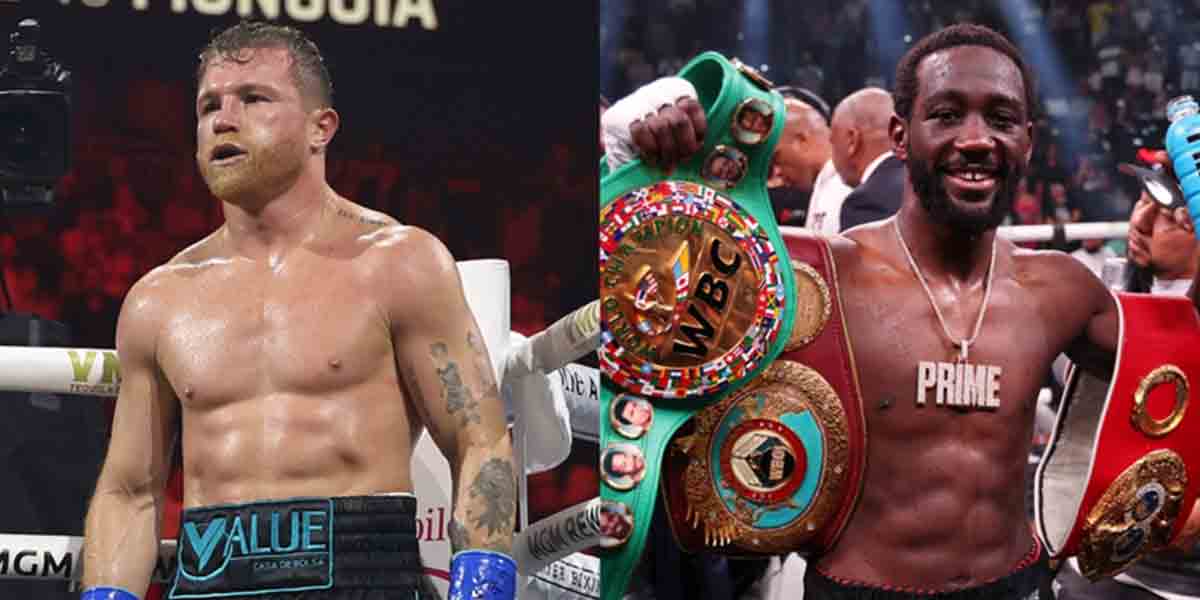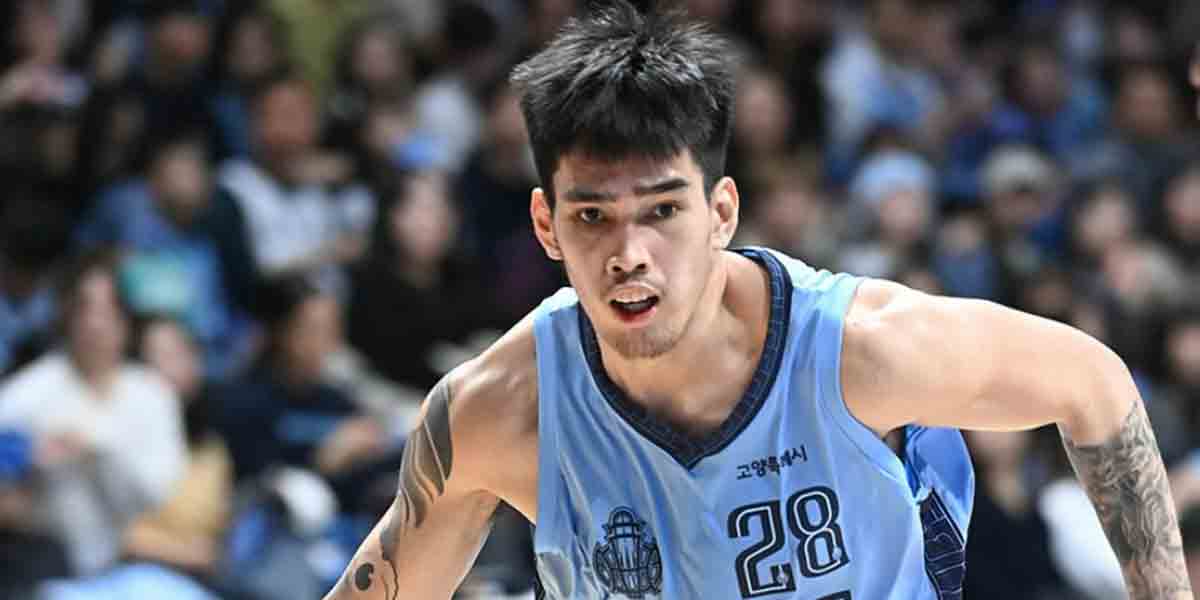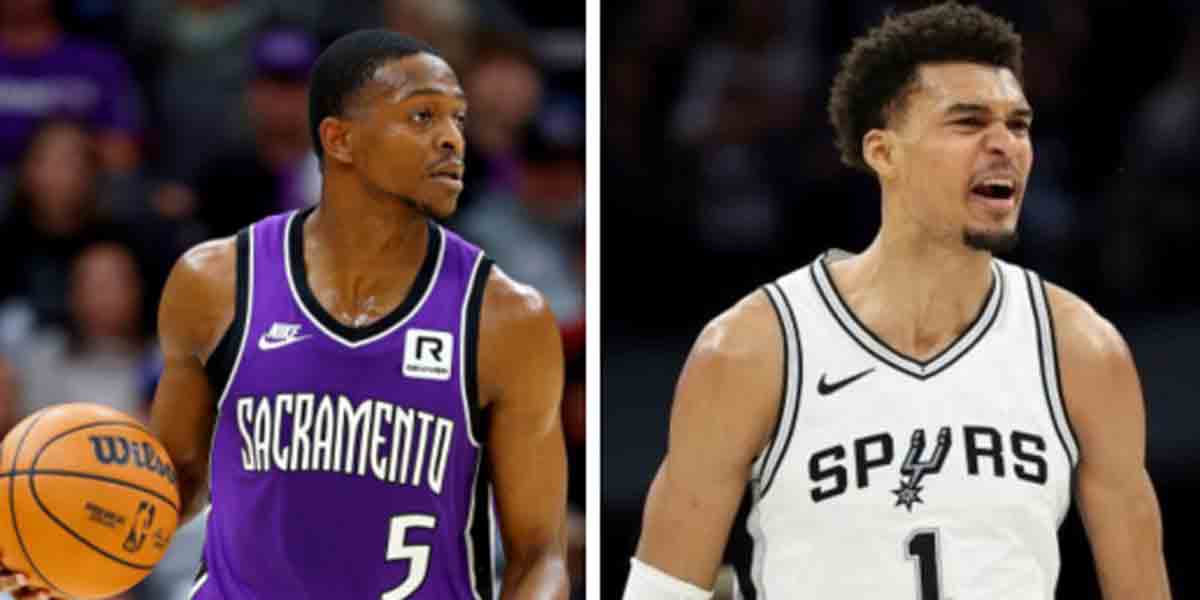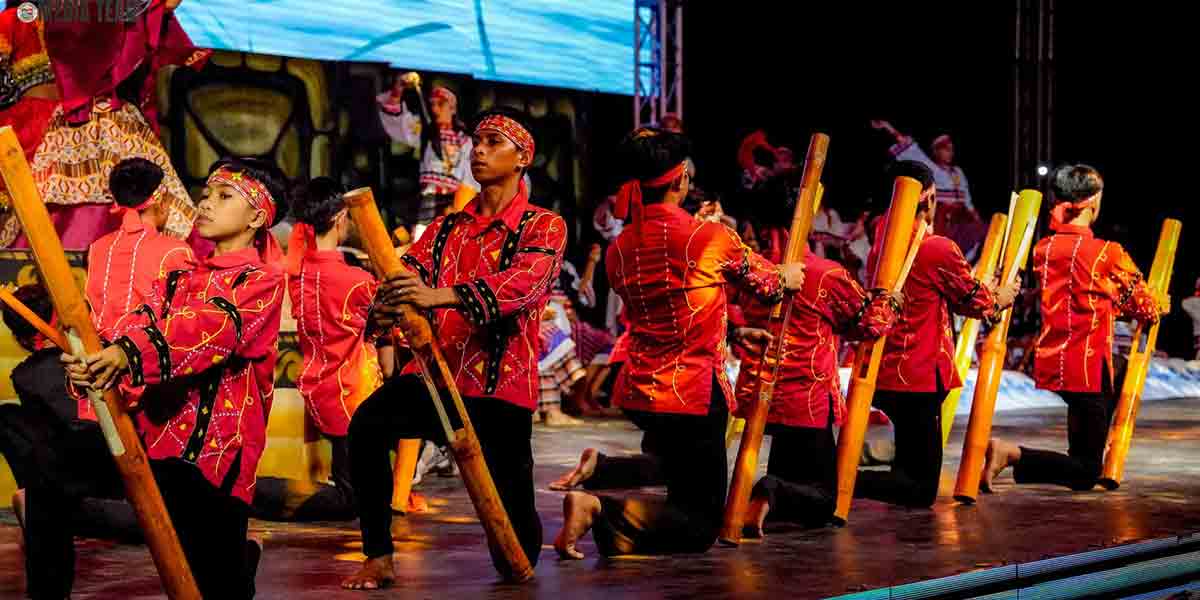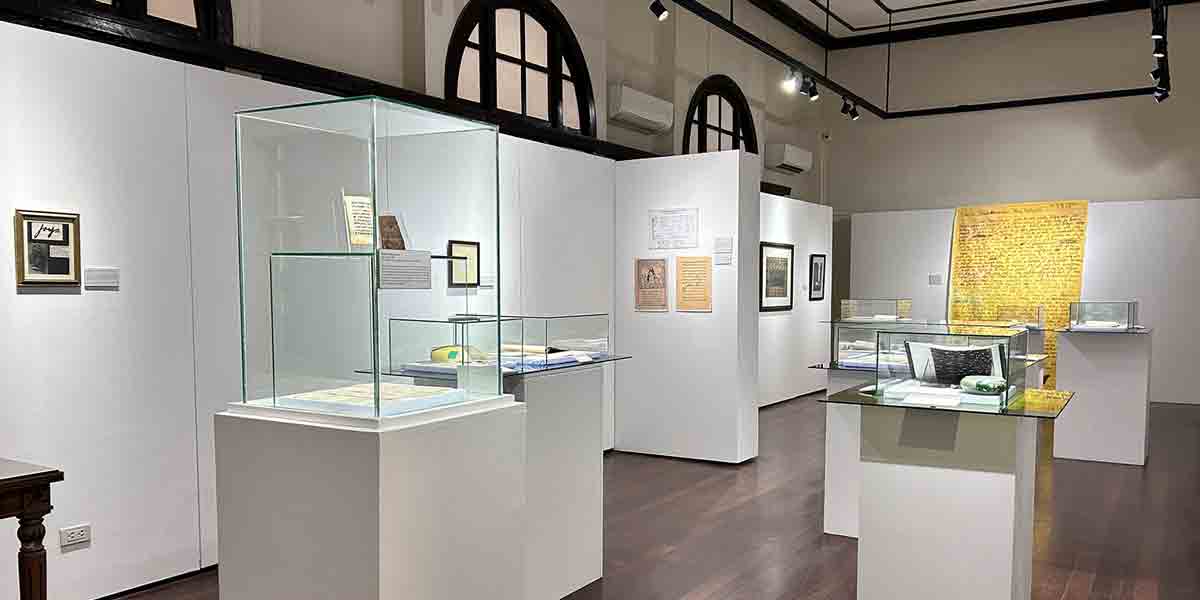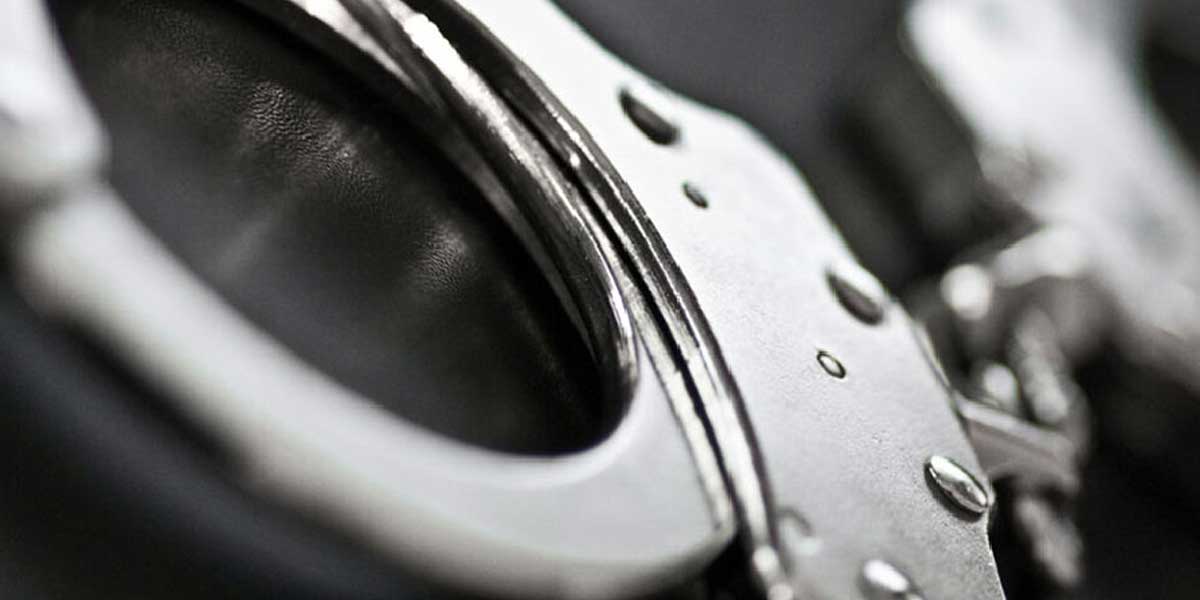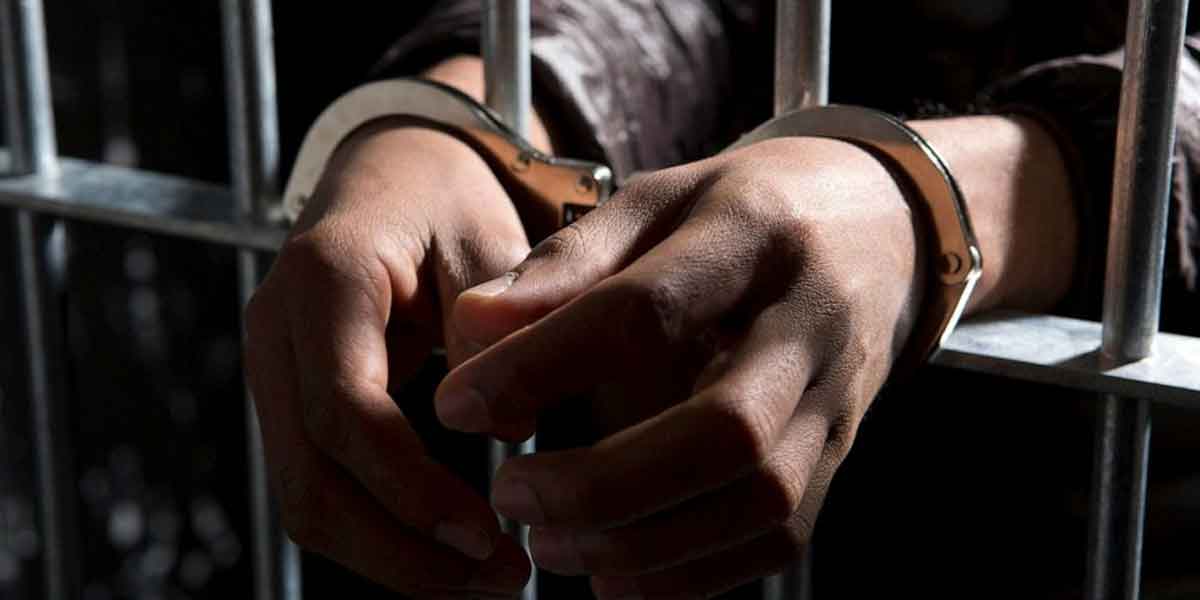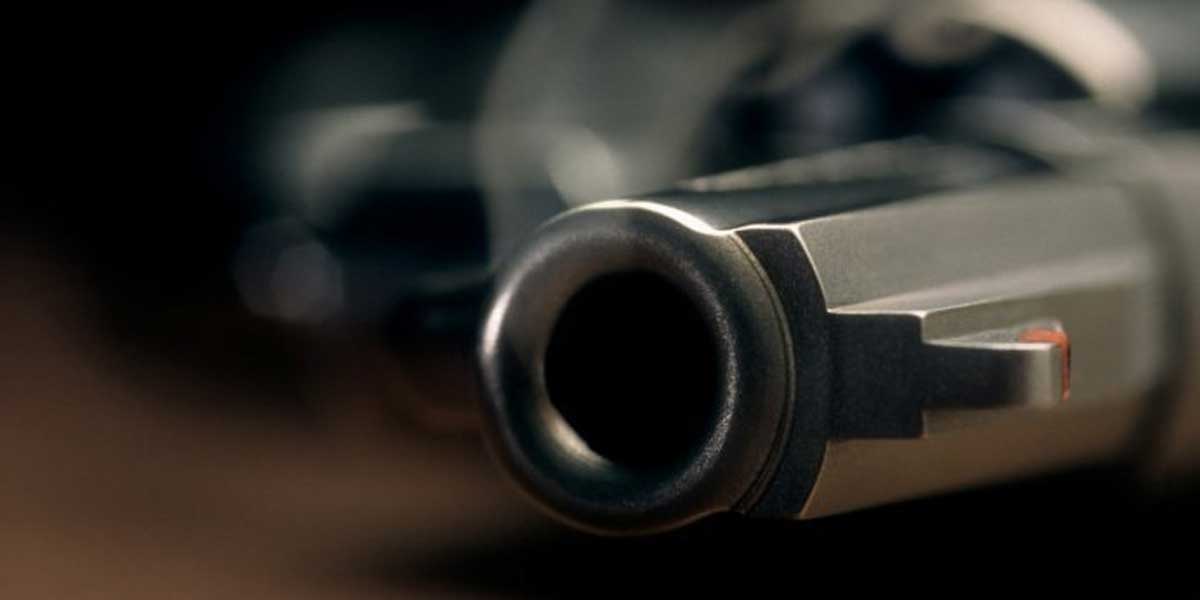By Alex P. Vidal
“Only a man who knows what it is like to be defeated can reach down to the bottom of his soul and come up with the extra ounce of power it takes to win when the match is even.” – Muhammad Ali
BRAD Vocale, the former Australian National Boxing Federation (ANBF) president, is one of my best colleagues when I was active as accredited referee and judge in the World Boxing Foundation (WBF) and Oriental Pacific Boxing Federation (OPBF) in the 90’s.
During break time, we discussed boxing’s history and our favorite topic was always about the “Thrilla in Manila”—and why the boxing world continued to be agog over that spectacular boxing bout until today.
Vocale, who hogged headlines in 2015 when he refused to officiate in Queensland in Australia because of its lack of safety regulations, told me he was impressed with Muhammad Ali’s ring prowess, especially when he clobbered Joe Frazier via 14th round TKO (technical knockout) in that historic match 47 years ago.
“Muhammad Ali showed the world why boxing is called a sweet science and why he was the greatest,” Vocale said.
The historic event, considered as the biggest heavyweight boxing title fight in the world, occurred on October 1, 1975 at the Araneta Colesium in Cubao, Quezon City.
It was a duel that defined the late Ali both as a sports icon and human being.
Ali (48–2, 35 KOs) settled his feud with Frazier (32–2, 27 KOs), who was credited for not falling flat on his face from Ali’s barrage of howitzers.
Trainer Eddie Futch refused to let Frazier continue before the 15th round when he sensed the duel no longer was a sport.
-o0o-
Referee Carlos Padilla terminated the bout as Frazier loudly protested to no avail wailing at Futch, “I want him, boss.”
“It’s all over. No one will forget what you did here today,” Futch barked at Frazier, whom Ali slandered earlier and called “ape.”
Both ring titans were exhausted and standing only on survival instinct.
Frazier’s lips had been busted and his face was crimson.
Ali also suffered a black eye in both eyes.
Ali described that third duel with Frazier as “next to death.”
The charismatic heavyweight champion admitted later that he asked Frazier to quit after 10 rounds.
“C’mon, Joe, that’s enough. There’s still life after this fight,” Ali allegedly whispered to his nemesis while they were swapping bombs.
When I had a chance to work with Padilla in 1996 during the 12-round WBF welterweight fisticuffs between Amerasian William Magahin and Australian Brad Moderidge, I asked Padilla if he heard those words.
Padilla said he didn’t exactly hear the sentence uttered by Ali, but confirmed Ali was saying something only the two boxers had understood.
At that time of the historic tussle between two of heavyweight’s most feared fisttossers, I was only a kid.
-o0o-
We watched the fight on a black and white TV set in Molo district, Iloilo City after our classes at the Iloilo Central Commercial High School (ICCHS) in the morning.
My recollection of the astonishing showdown was based on the films, journals, magazines, and newspaper clippings that I watched and read.
I met Sports Communicators Organization of the Philippines (SCOOP) president Eddie Alinea, who acted as Frazier’s press liaison officer, when we covered Manny Pacquiao’s fight against Joshua Clottey in Arlington, Texas.
Alinea said he was assigned by the Office of Media Affairs (now the Philippine Information Agency) to accompany Team Frazier while the boxer was in Manila.
He described challenger Frazier as “a monster in the ring but a gentleman outside.”
Alinea showed to me the black and white photo of a press briefing taken at the Manila Hotel where he sat beside the behemoth champion from Louisville, Kentucky.
He called himself “The Greatest” and was formerly known as Cassius Clay.
-o0o-
Now in his 60s, Alinea also kept some souvenir items bearing Frazier’s signature. In a note, he thanked Alinea for the Filipino scribe’s services and presence in the Team Frazier.
According to some boxing experts and historians I met both in the Philippines and the United States, the “Thrilla in Manila” was the greatest ever world heavyweight championship in history.
In terms of heated rivalry, intensity, brutality, action and courageous display of skills, talent and spirit, almost all of them were saying nothing can beat the “Thrilla in Manila.”
There have been great marquee names in the world heavyweight class that emerged after Ali.
Trevor Berbick, Greg Page, Larry Holmes, Evander Holyfield, Riddick Bowe, Mike Tyson, to mention only a few.
But none of them could match his charisma and impact in the hearts of sports fans all over the universe.
The record established by “Thrilla in Manila” has not been broken until today, boxing experts said.
As a member of the world boxing fraternity and sportswriter, I agree.
(The author, who is now based in New York City, used to be the editor of two local dailies in Iloilo.—Ed)

